Birds flock to Lake Eyre after cyclone aftermath creates inland sea
The hunches of our early explorers were correct: Australia does have an inland sea after vast volumes of water dumped by Cyclone Kirrily finally reached their destination | VIDEO

The hunches of our early explorers were correct – Australia does have an inland sea.
Our first settlers, clinging to the coast, saw pelicans and other water birds flying inland and deduced a large body of water had to be their destination.
So they set out to find it. In August 1844 Charles Sturt left Adelaide with 15 men, six drays, 200 sheep – and a heavy whale boat. Torrid heat in the summer of 1845 defeated his party.
They found no water. Quite the reverse. They discovered a most inhospitable desert of russet-coloured gibber plains and named it Sturt’s Stony Desert in his honour.
And they lost their boat, somewhere near Tibooburra in the northwest corner of NSW. It has never been found.
If Sturt and his men set out to find water today, they’d soon be swimming in it. Their whale boat would take them from shore to shore – almost 100km long and 50km wide. And from today, they would be able to sail into Kati Thanda/Lake Eyre.
Vast volumes of water, dumped in Queensland’s Diamantina River catchment area after Cyclone Kirrily transformed into a tropical rain depression on Australia Day, have finally reached their destination.
More than a metre of rain was registered in Queensland after the cyclone. Rain that fell south of the Great Dividing Range entered the Diamantina, filled the artificial lakes of the southern Queensland cotton farmers, soaked the Channel Country of southwest Queensland, cut off the outback town of Birdsville for almost a month, entered the massive sponge of Australia’s largest wetlands known as Goyders Lagoon, and filled the dry beds of the Warburton River as it meanders hundreds of kilometres towards Lake Eyre.
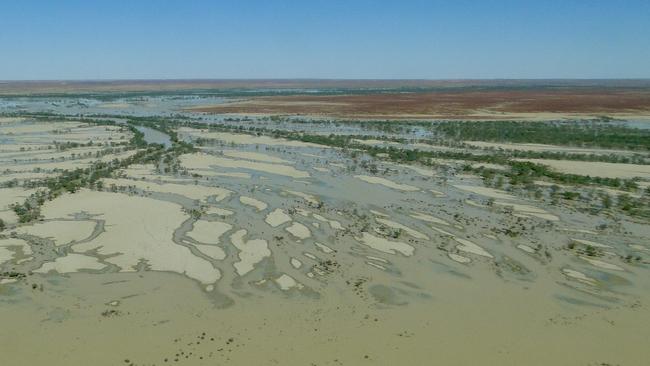
Only God and perhaps a few weather scientists could say how much water is needed to fill Lake Eyre. It’s not measured in litres, megalitres or gigalitres. It’s measured in SydHarbs – the volume of water contained in Sydney Harbour. In the last big wet five years ago, it was estimated seven SydHarbs spread out over the dry landscape.
On Friday, the leading edge of this year’s water was 2km from reaching the top of the Warburton Groove, the ditch that bisects one of the world’s largest salt lakes almost 150km south to its deepest section in Belt Bay, 15m below sea level.
“January’s rain will finally make it into the lake by Saturday,” declared Trevor Wright, an outback legend known as the King of William Creek. “But will it be enough to fill it? I doubt it. I think the lake’s surface will be pretty well covered, but filling the lake is another matter. It’s a once-a-century deal. But if we got another big rain in central Queensland, well, this could be the year.”
Wright knows a thing or two about Lake Eyre. He has lived on its western doorstep for 35 years as owner of the fly-speck town of William Creek, a way-stop on the fabled Oodnadatta Track. He also runs the William Creek hotel and Wrightsair, a 30-aircraft business that, in peak season, flies conga lines of tourist sightseers over the lake.
This week I flew from Adelaide to William Creek in one of his Cessna Caravans. In 2½ hours we covered a distance that took Sturt and his motley crew, dragging their heavy boat, five months.
The grain fields of South Australia’s mid north are a visual patchwork of drought-browns again, the summer heat leaching the soft greens that bloomed after a good season last year and unseasonal heavy rain in January. North of Port Augusta, desert vistas emerge, imitating Aboriginal dot paintings with grey-green saltbush and spinifex on the red earth, interspersed with curling creeks and dozens of pure-white salt scalds.
From William Creek we transfer to a Cessna 182 for the 450km flight over the top of Lake Eyre to Birdsville. As we approach the Goyder Lagoon area the desert beige morphs into green, in parts as emerald as Ireland.
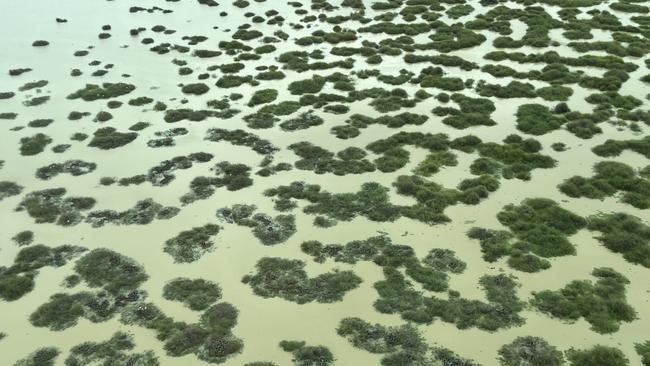
Some high points, such as the top of sand dunes, remain dry, but it is the water that creates the breathtaking horizon-to-horizon spectacle.
Looking southeast across almost 50km of wetlands we see a soft pink smudge separating land and sky. It is the vast gibber plains of Sturt’s Stony Desert – the life-sapping barrier that stopped Sturt from discovering his inland sea.
But in the summer of 1845 it may not have been there.
It is so rare to see this. Creeks running into the Warburton are backed up for kilometres, man-made dams are barely visible, not so much overfilled as submerged. The green landscape validates the old saying about our continent – just add water.
With this water comes life. Pelicans by the hundreds of thousands are already hard at it, their chicks fledging north of Birdsville. Banded stilts have flown thousands of kilometres to be here. Outback station cattle will feed on this for years, even after the water has gone.
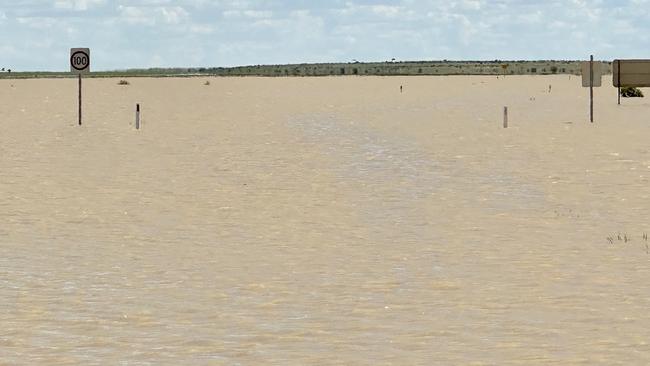
Birdsville was isolated for almost a month through February and early March, its roads cut in every direction by the overflowing Diamantina. The water levels have dropped now and in the bar of the Birdsville Hotel, Michelle Bakos – who arrived with her husband and dog on a see-Australia road trip three years ago and hasn’t left yet – says the townsfolk handled their isolation with the sanguine it-is-what-it-is attitude of bush folk.
“There was not that much difference, really,” she says. “There’s not much to do and nowhere to go here.”
As the floods enter Lake Eyre and begin creeping south through the salt, another life cycle begins. The wet brings to life millions – billions, probably – of tiny brine shrimp, left in the salt by past generations and past floods. This brings in the flocks of birds that feed on the shrimp so they may take nature’s cue to breed with speed and purpose.
And then, the water that has made it through 1000km of deserts will soak away or be drawn to the heavens by evaporation. In time – three or four months, perhaps – it will be gone. The birds will be gone, too. The brine shrimp embryos will wait below the salt crust for another flood.
It will come. And it will go.
More Coverage
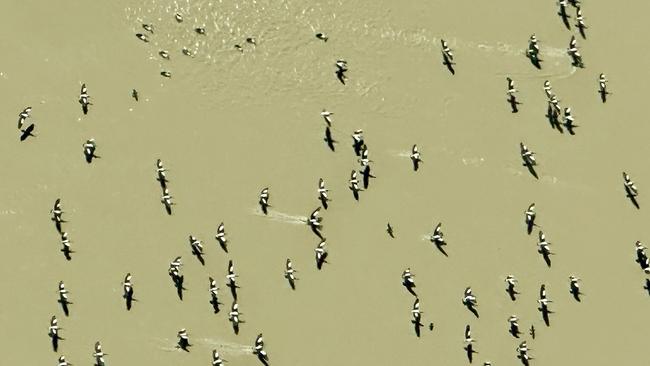

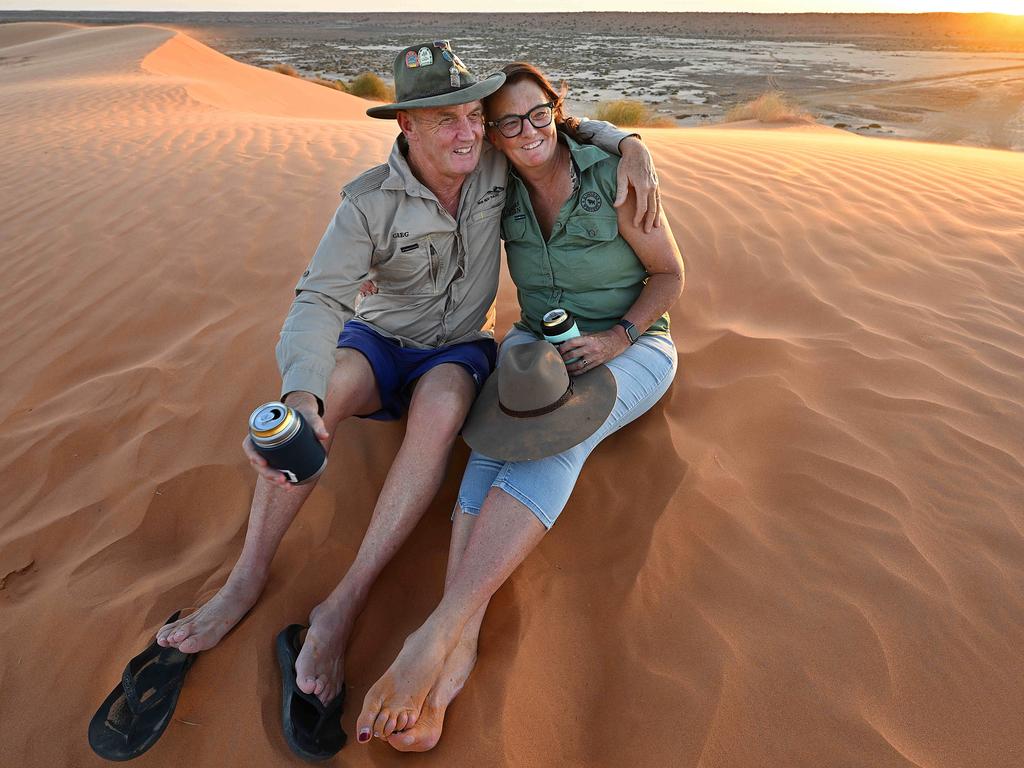
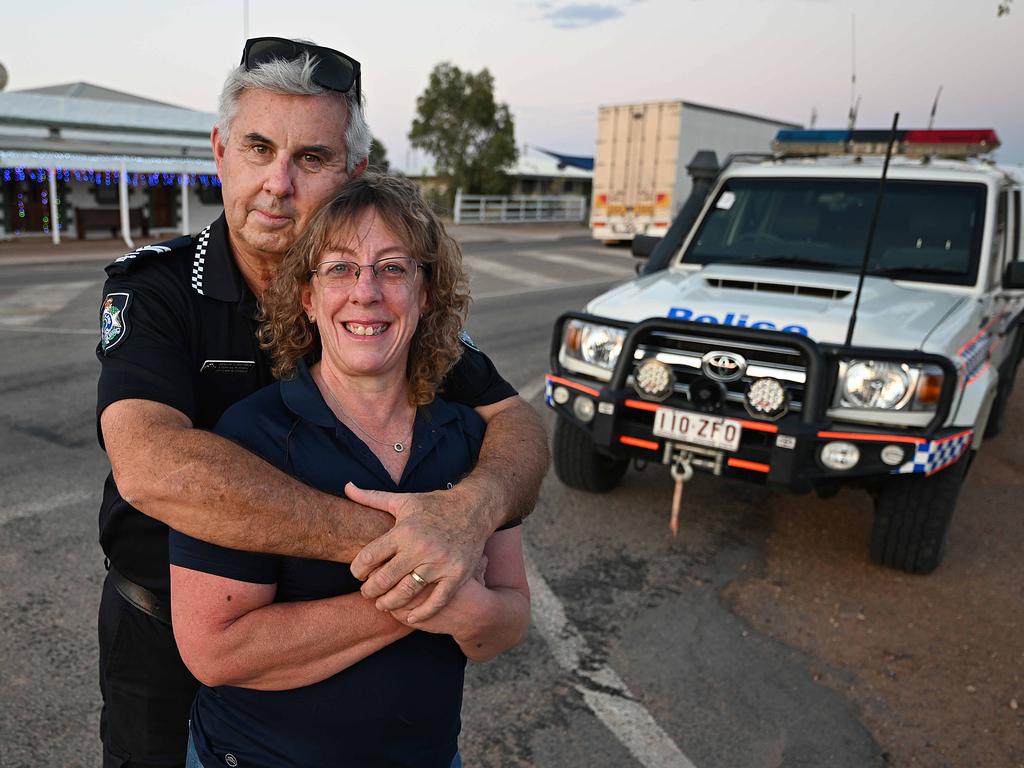
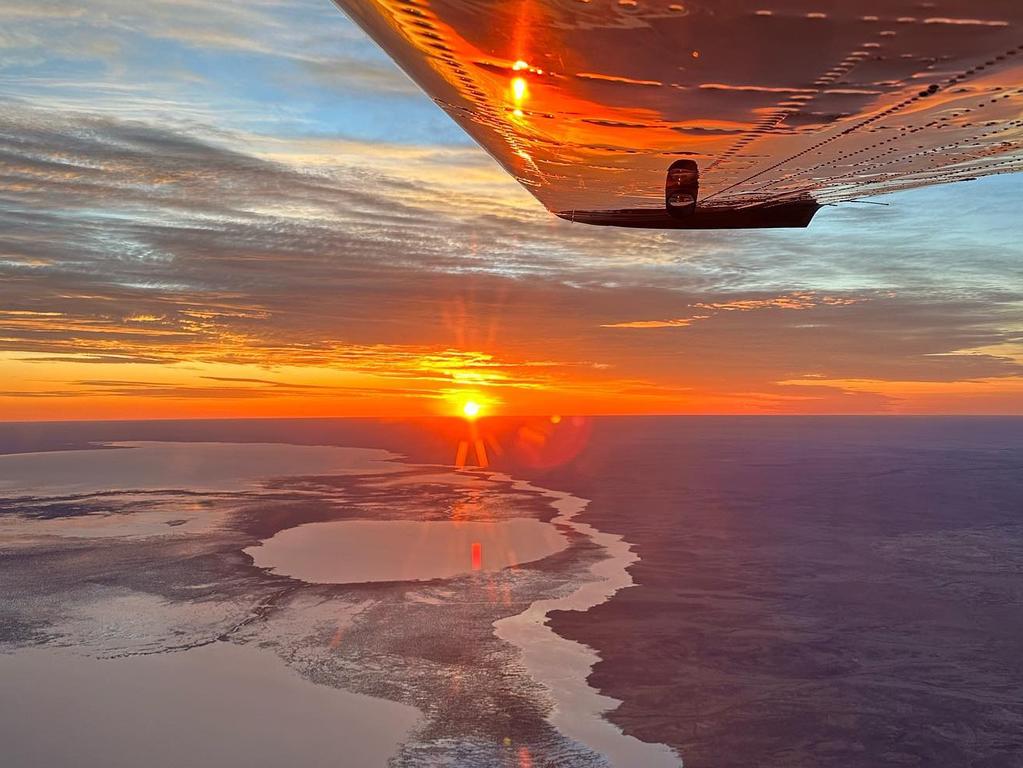
To join the conversation, please log in. Don't have an account? Register
Join the conversation, you are commenting as Logout